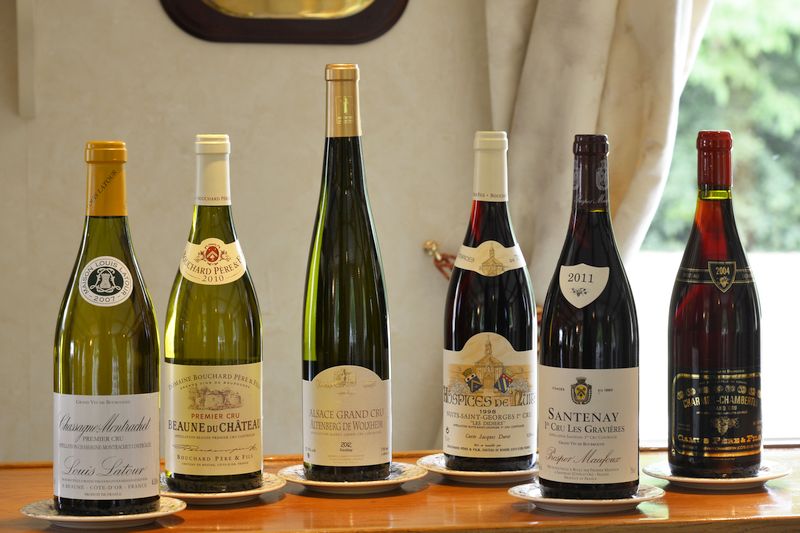Many have experienced a tour through one of France’s many vineyards, with perhaps a tasting and talk along the way. But have you ever stopped and wondered how to read a French wine label?
Select your perfect bottle with confidence with our essential guide…
AOC
The first thing to look at when understanding how to read a French wine label is the AOC, or Appellation d’Origine Contrôlée, which loosely translates to “controlled name of origin”. This French wine term refers to a strict set of carefully enforced French laws that identify wines by geographical origin and minimum production conditions. Even the type of grape that can be planted in each district, or appellation, is strictly controlled by law.
A French wine’s AOC supplies a great deal of specific information about the wine’s birthplace. From general to specific, the appellations will give you the following information about your chosen bottle…
Region Such as Burgundy
District Such as Côte de Beaune
Commune Such as Puligny-Montrachet
Vineyard Such as Montrachet
In addition, there may be many growers in a single vineyard. Generally, the more specific the appellation, the better the wine
How to Read a French Wine Label
About 10% of French wines produced are classed as Appellation d’Origine Contrôlée (AOC). For example, to know that a fine wine is from the St-Èmilion district in Bordeaux, the bottle would be labelled “Appellation St-Èmilion Contrôlée.” A regional blend may be labelled “Appellation Bordeaux Contrôlée.” Vin de Pays (sometimes known as a “Vin de Table” is a (non-AOC) country wine, labelled just with the grape variety. These are sometimes labelled IGP (Indication Geographique Protegée) wines.
The percentage of alcohol by volume, which varies by appellation, is required on the French wine label by law. The alcohol content of red table wine varies from 8% – 18%, with 10% – 13% being usual. White wines are usually a degree or so lower.
Mis en Bouteille au Château
When learning how to read a French wine label, look out for Mis en Bouteille au Château. This means that the French wine was bottled at the winery. Château (or alternatively clos, cru, or domaine) specifically means a vineyard of a regulated size that has wine making and storage facilities on the property. The château is the name of both the product and producer.
Appropriate French wine label variations include: “mis en bouteille à la propriété” (bottled at the property), “mis en bouteille dans la région de production” (bottled in the region of production), or “mis en bouteille dans nos caves” (bottled in our cellars).
Cru
Another term on a French wine label, Cru designates a high-quality vineyard. “Grand cru classé” on the label means the wine comes from an excellent vineyard that has been officially classified as such. In Bordeaux, the villages, called parishes or finages, are made up of climats, or fields, which in turn may have many vintners. The best vineyard of each parish or finage is designated as “grand cru” or “tête de cuvée”. The second rank is “premier cru”.
Cuvée
The wine label term, Cuvée, indicates a blend of French wines. Bordeaux wines are, for the most part, blended as are Languedoc wines. “Elevé en fûts de chêne” on the wine label means aged in oak barrels.
Know How to Read a French Wine Label?
You can explore and savour a variety of French wines on all of our luxury cruises. We also offer a dedicated Wine Appreciation Cruise itinerary across France and Italy. For more information, click here >
For help in planning your perfect barge cruise, order a brochure or speak to a member of our cruise team today.
 English
English
 Spanish
Spanish French
French German
German Norwegian
Norwegian Portuguese
Portuguese Swedish
Swedish Italian
Italian Russian
Russian Simplified Chinese
Simplified Chinese Japanese
Japanese


